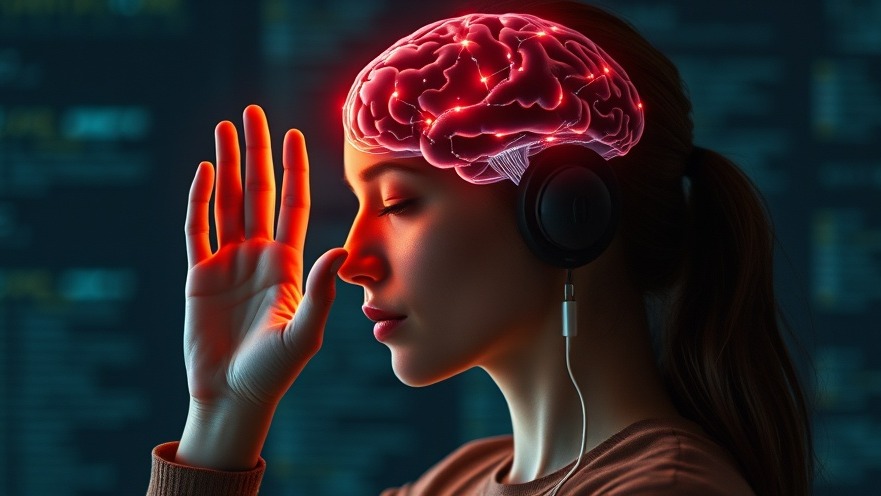
A Breakthrough in Brain-Computer Interface Technology
The quest to restore the sense of touch for individuals with tetraplegia has taken a significant leap forward, thanks to groundbreaking research from the University of Pittsburgh. Researchers have developed a brain-computer interface (BCI) that allows users to customize their tactile sensations, enhancing their ability to interact with the surrounding world.
Enhancing Realism in Tactile Feedback
Traditionally, BCIs provided a very basic understanding of touch, often leaving users with vague sensations akin to buzzing or tingling. Recent advancements, however, give individuals control over the electrical stimulation required to create tactile feedback, allowing for a more intuitive experience. Participants in the study described diverse sensations, such as the warmth of a purring cat's fur and the coolness of an apple, showcasing the nuanced sensory input that the technology can replicate.
The Importance of Touch in Social Interaction
Lead author Ceci Verbaarschot emphasized the significance of touch in social communication. Her research highlights not just the physical but also the emotional and communicative dimensions of tactile sensations. By allowing users to design their own feedback mechanisms, BCIs can facilitate more meaningful interactions with objects and people, effectively bridging the gap between mobility and communication.
The Technology Behind BCIs
Brain-computer interfaces serve as intermediaries between neuronal activity and mechanical output or sensations. They create signals from brain activity that can restore or improve lost sensory functions or motor movements. This innovative technology has shown promise not only in robotics but also in neuroprosthetics that enhance quality of life for paralyzed individuals. Over the past decade, Pitt scientists have helped paralyzed individuals locate tactile sensations, demonstrating the efficiency of moving robotic arms using thoughts alone.
Building on Prior Research
The latest findings build on earlier studies where artificial touch sensations were oversimplified. By refining their approach, researchers demonstrated that unique feedback varies significantly between different textures or temperatures—offering a realistic sensory experience, unlike previous experiments where a handshake felt indistinguishable from lifting a rock. Such precision could redefine user interactions with everyday objects.
A Foolproof Step Towards Neuroprosthetic Development
This study is a critical step toward developing neuroprosthetics that feel more natural and comfortable. As Verbaarschot points out, when users can personalize their sensory experiences, it not only enriches their engagement with the world but takes us closer to creating devices that are both functional and enjoyable to use. This progress can foster independence and socialization among paralyzed individuals, significantly improving their quality of life.
Future Insights: Revolutionary Changes Ahead
The potential of BCIs reaches far beyond the current study. Experts predict that with continued advancements in technology and an increased understanding of the human brain, BCIs could evolve into comprehensive systems that not only restore touch but also replicate the full range of human sensory experiences. Such advancements could pave the way for automation in healthcare, assistive technologies, and even the treatment of various neurological diseases.
Implications for Concierge Health Practitioners
For health practitioners, staying abreast of these developments presents an opportunity to provide enhanced care for patients with mobility and sensory deficits. Understanding the applications of BCIs can improve patient outcomes and inform practice strategies that integrate emerging technologies. As this field continues to evolve, practitioners should consider how to incorporate this knowledge into patient education and treatment plans.
Final Thoughts: The Path Forward
The strides made in BCI technology are not just about restoring physical abilities but redefining how individuals interact with their environment. As these technologies become increasingly sophisticated, healthcare providers, including concierge practitioners, have a role to play. By remaining informed and engaged, they can leverage these breakthroughs for the benefit of their patients—transforming challenges into chances for greater autonomy and connection.
If you're interested in learning more about the latest advancements in healthcare technology and how it may impact your practice and patients, stay tuned and participate in discussions surrounding these emerging technologies.
 Add Row
Add Row  Add
Add 




Write A Comment